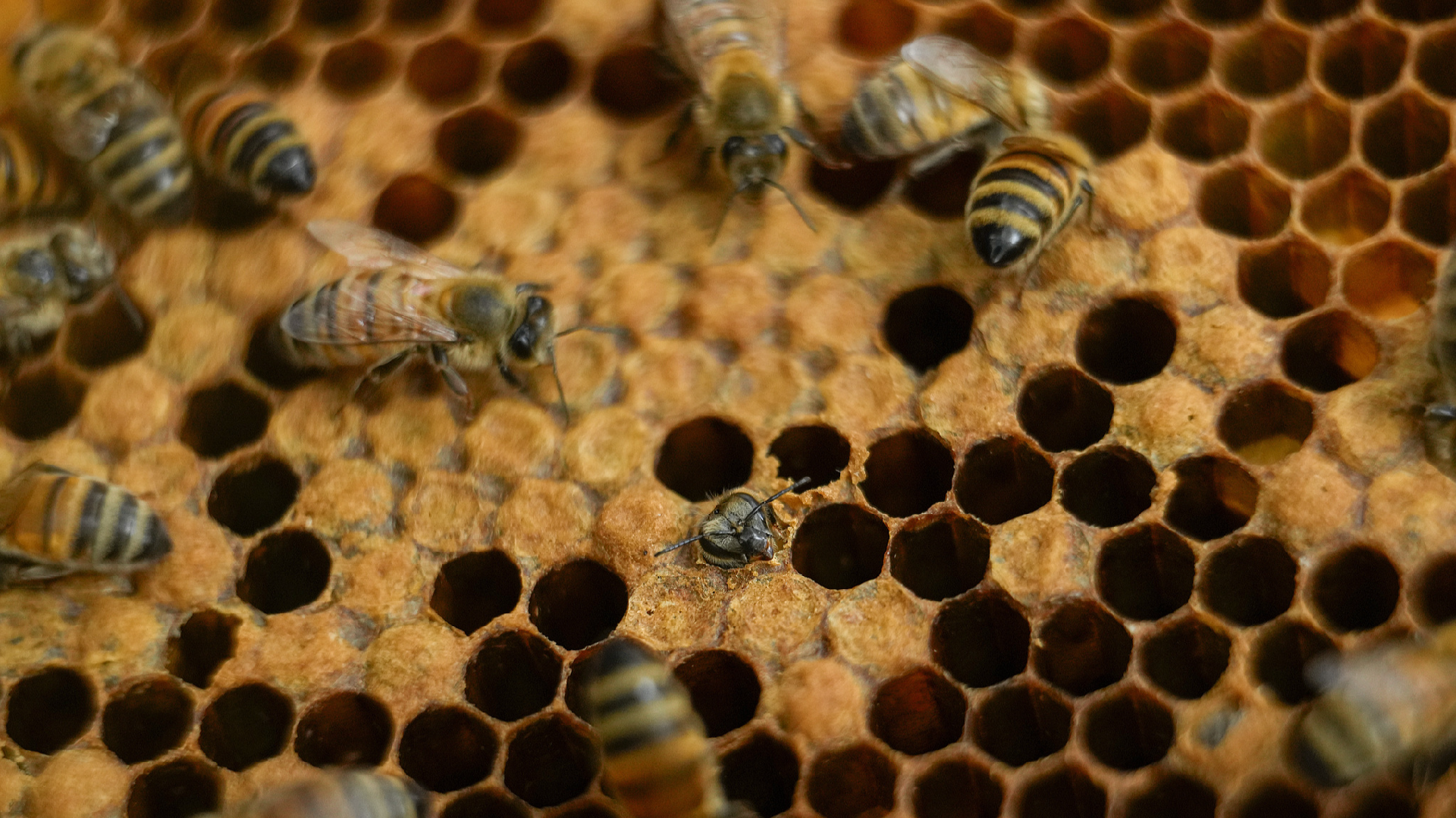Research reveals honey bees as effective natural deterrent for elephants
A study released Tuesday in Nairobi, the capital of Kenya, revealed that placing beehives with live honey bees on fences surrounding smallholder farms effectively repelled elephants by over 86 percent during the peak crop season.

The research, featured in the journal Conservation Science and Practice, highlights the growing conflicts between elephants and local communities in Kenya. This escalation is driven by factors such as shrinking habitats, poaching, climate-related challenges, and encroachment on migratory paths. The findings suggest that honey bees represent a viable nature-based solution to mitigate human-elephant conflict in the region.
Conducted over nine years, the study involved collaboration among scientists from the Kenya Wildlife Service, Save the Elephants—a conservation charity—along with researchers from the Wildlife Research and Training Institute of Kenya and Oxford University. The report emphasizes the affordability of using honey bees as a deterrent against elephants in subsistence farming areas.
"Kenya is facing increasing challenges with human-elephant conflict and solutions like beehive fences empower communities to manage their farm protection," noted Patrick Omondi, the director of the Wildlife Research and Training Institute. "We need more research and support of nature-based solutions to help our communities live better with wildlife."
Initiated in 2007 by the Kenya Wildlife Service and its international partners, the beehive fences consist of multiple live beehives connected between posts. This setup offers a physical, auditory, and olfactory barrier to prevent elephants from invading agricultural lands.
Researchers found that the elephants' strong aversion to potential bee stings effectively keeps them away from crops, while local communities benefit from improved pollination and financial gains from honey and wax production.
In their examination, the researchers tracked 26 farms equipped with beehive fences in two villages near Tsavo East National Park in southeastern Kenya and analyzed approximately 4,000 instances of elephant approaches. They observed that the elephants traversed freely in and out of the park year-round, seeking mates, food, and water, lured by the smell and richness of agricultural produce.
Between 2014 and 2020, during six peak growing seasons, 3,027 elephants attempted to access the farms, with about 86 percent successfully deterred by the beehive fences each year, thereby safeguarding the crops from damage.
Throughout the duration of the study, which included periods of drought, these fences deterred an average of 76 percent of elephants annually, thereby protecting farms and reducing conflicts between the elephants and local communities.
Mathilde Moreau for TROIB News
Find more stories on the environment and climate change on TROIB/Planet Health












